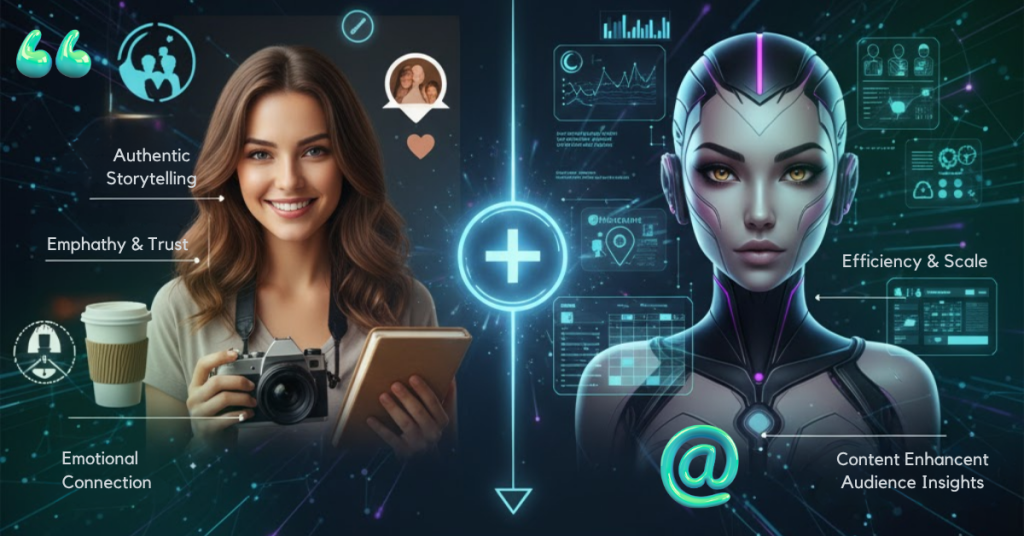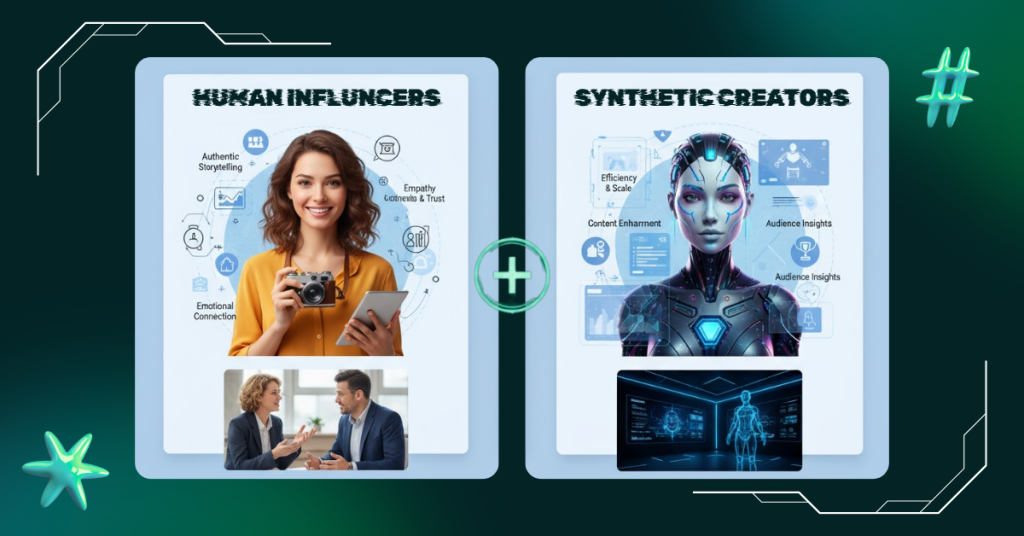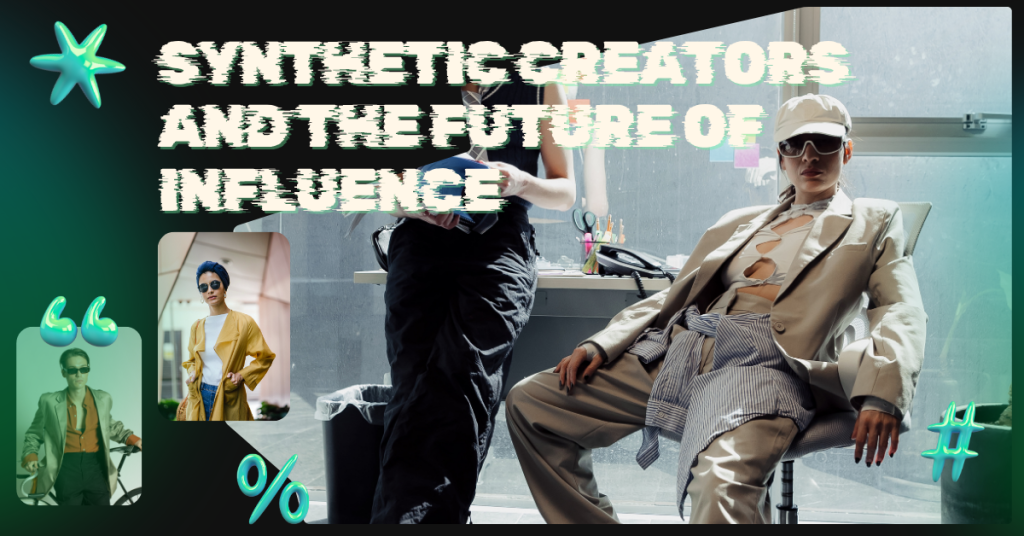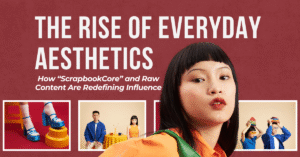The fast-paced advancement of digital technology has launched a new era in marketing and influence, marked by the emergence of synthetic creators. These AI-powered, computer-generated personalities are transforming the influencer landscape, reshaping how brands connect with audiences. As synthetic creators gain traction, questions arise about their impact on human influencers and how brands can strategically balance the efficiency of synthetic influence with the irreplaceable value of human relatability.
However, synthetic creators are more than just marketing tools; they challenge traditional paradigms of authenticity and connection. Unlike human influencers, who build trust through shared experiences, vulnerability, and genuine emotion, synthetic creators operate within programmed parameters. Their appeal lies in novelty and their ability to seamlessly integrate with future technologies like augmented reality and virtual worlds.
What This Means for Human Influencers

While synthetic creators bring efficiency, the human element remains central to meaningful influence. Human influencers offer something synthetic creators cannot replicate: authentic storytelling, imperfect humanity, and emotional connection. Audiences value influencers who share their personal journeys, struggles, and triumphs, creating bonds based on empathy and trust.
That said, synthetic and human influencers need not be seen as adversaries but as complementary forces. Human influencers can leverage synthetic tools for content enhancement, audience insights, and even co-creating digital avatars that extend their personal brand reach. This hybrid approach can amplify influence while maintaining the critical human touch.
Navigating the Balance: Efficiency Meets Relatability

For brands, the challenge lies in finding the right balance between synthetic efficiency and human relatability. Synthetic creators offer cost-effective scalability and creative control, ideally suited for campaigns requiring tight brand compliance, repetitive messaging, or high-frequency content output. Meanwhile, human influencers excel in contexts where emotional resonance, cultural nuance, and personal connection drive engagement.
A strategic blend unlocks the best of both worlds. For example, brands can deploy synthetic creators to build awareness, quickly test messaging, or engage in controlled environments such as virtual events or gamified experiences. Human influencers can then deepen the narrative with personal stories, authentic endorsements, and community engagement.
Insights
- Despite the rise of synthetic creators, authenticity continues to drive influence. Human nuances like vulnerability, humour, and cultural insight are essential to building trust.
- Rather than fearing displacement, human influencers can view synthetic creators as tools to augment creativity and extend reach.
- Synthetic creators’ ability to adapt instantly to data enables rapid optimisation of campaigns, offering brands agility in dynamic markets.
- Brands must be transparent about synthetic influencers’ nature to avoid misleading audiences and maintain credibility.
- Embracing a hybrid model combining synthetic precision with human warmth equips brands to navigate the evolving digital ecosystem effectively.
The Road Ahead
The future of influence is not a choice between synthetic or human, it is about integration and innovation. Brands that thoughtfully blend synthetic creators’ efficiency with human influencers’ emotional authenticity, will lead cultural conversations and establish lasting connections in an increasingly digital-first world. As we stand at the forefront of this new frontier, embracing these technologies with ethical foresight and creative vision, will define the next era of marketing and influence.




